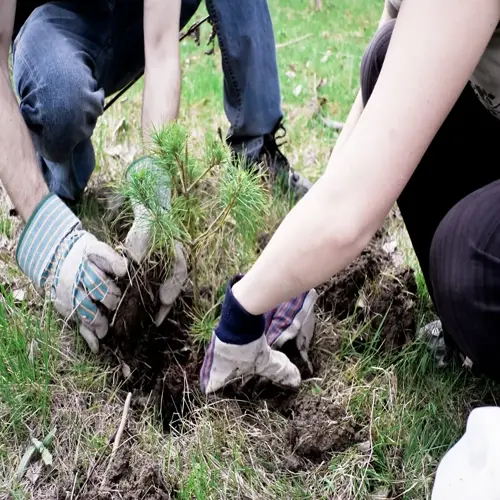How late can I plant in the fall?

Written by
Kiana Okafor
Reviewed by
Prof. Samuel Fitzgerald, Ph.D.Fall planting success depends on when frost will arrive in your area. To be safe, plant cold-hardy crops around 6-8 weeks before your anticipated first freeze. This timeframe allows the roots to become established before the soil cools. Consider using protective covers to extend your harvest into winter, if desired.
Calculating Your Cutoff Date
- Identify your area's average first frost date
- Subtract 6-8 weeks for planting cold-hardy crops
- Subtract 10-12 weeks for slower-growing root vegetables
Soil Preparation Techniques
- Add 2 inches of compost for warmth retention
- Use dark mulch to absorb solar heat
- Ensure soil pH between 6.0-6.8 for brassicas
Season extenders such as row covers extend your time in the growing season by an additional 4-6 weeks. Prepare your beds with hoops before the temperatures drop. Cover your plants with fabric when frost threatens. Cold frames create protection for spinach or lettuce through freezing nights. I have harvested fresh greens during the snow by using these methods.
Succession planting provides uninterrupted harvests. Plant radishes every 10 days till frost. Re-seed arugula after harvesting carrots. This buffers against slow-growing crops. Your garden gives fresh produce through late fall.
Soil temperature is more important to root establishment than air temperature. Use a soil thermometer to monitor the soil's temperature and moisture conditions, and plant when the soil remains above 40°F. Garlic cloves will successfully establish roots in the cool soil without any top growth. Mulch heavily after planting to keep the soil warm and moist.
Read the full article: When to Plant Vegetable Garden: Ultimate Guide

